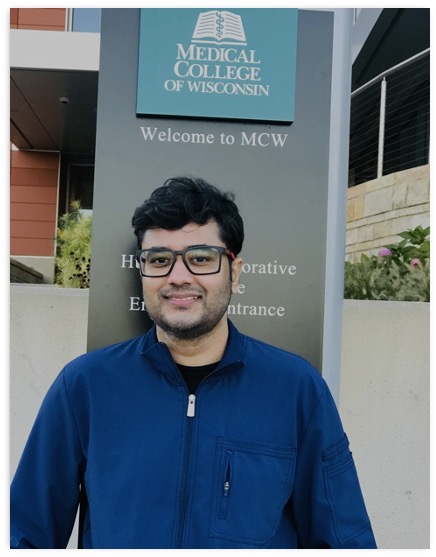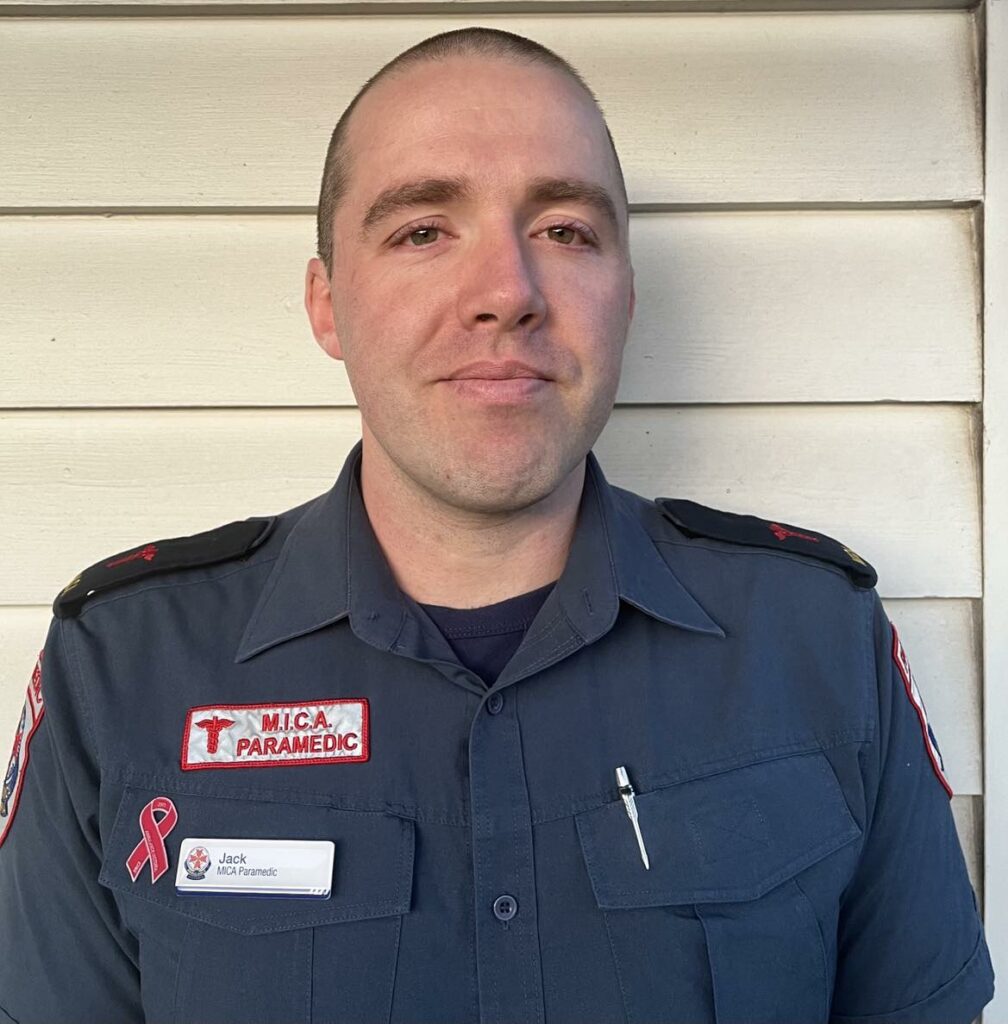Podcast: Play in new window | Download
Subscribe: Apple Podcasts | Spotify | Android | Pandora | iHeartRadio | TuneIn | RSS
The difference between people and institutions.
Educational critical care scenarios presented in a podcast format.
Podcast: Play in new window | Download
Subscribe: Apple Podcasts | Spotify | Android | Pandora | iHeartRadio | TuneIn | RSS
The difference between people and institutions.
Podcast: Play in new window | Download
Subscribe: Apple Podcasts | Spotify | Android | Pandora | iHeartRadio | TuneIn | RSS

We discuss the role of point-of-care ultrasound in evaluating the patient with kidney injury and assessing volume status, with Abhilash Koratala (@nephroP), nephrologist, Director of Clinical Imaging for Nephrology at the Medical College of Wisconsin, and champion of nephrology-focused ultrasound.
Episode 4 with Philippe Rola on the VEXUS scan
POCUS in AKI: Transcending boundaries: Unleashing the potential of multi-organ point-of-care ultrasound in acute kidney injury. Batool A, Chaudhry S, Koratala A. World J Nephrol 2023; 12(4): 93-103 [PMID: 37766842 DOI: 10.5527/wjn.v12.i4.93]
VEXUS for nephrologists: Koratala A, Reisinger N. Venous Excess Doppler Ultrasound for the Nephrologist: Pearls and Pitfalls. Kidney Med. 2022 May 19;4(7):100482. doi: 10.1016/j.xkme.2022.100482. PMID: 35707749; PMCID: PMC9190062.
Podcast: Play in new window | Download
Subscribe: Apple Podcasts | Spotify | Android | Pandora | iHeartRadio | TuneIn | RSS
The nuts and bolts of how we produce the show.
Podcast: Play in new window | Download
Subscribe: Apple Podcasts | Spotify | Android | Pandora | iHeartRadio | TuneIn | RSS

We explore critical care transport medicine from both a clinical and career perspective, including helicopters (HEMS), fixed wing jet, and ground ambulance transports, with Jace Mullen, flight paramedic and airway educator out of Denver.
Podcast: Play in new window | Download
Subscribe: Apple Podcasts | Spotify | Android | Pandora | iHeartRadio | TuneIn | RSS
When do patients deaths bother us?
Podcast: Play in new window | Download
Subscribe: Apple Podcasts | Spotify | Android | Pandora | iHeartRadio | TuneIn | RSS

We discuss the phenomenon of CPR-induced consciousness (i.e. patients demonstrating awakeness during resuscitation) with Jack Howard, Intensive Care Paramedic at Ambulance Victoria in the northern suburbs of Melbourne, Australia, and first author on a recent literature review and Delphi-derived expert guideline on CPRIC management.

Podcast: Play in new window | Download
Subscribe: Apple Podcasts | Spotify | Android | Pandora | iHeartRadio | TuneIn | RSS
Should you use volume or pressure control ventilation?
Podcast: Play in new window | Download
Subscribe: Apple Podcasts | Spotify | Android | Pandora | iHeartRadio | TuneIn | RSS

We talk about working in critical care APP leadership positions, with Jason Wieland, PA, Lead Pulmonary & Critical Care APP at WakeMed Health System in Raleigh, NC.
Podcast: Play in new window | Download
Subscribe: Apple Podcasts | Spotify | Android | Pandora | iHeartRadio | TuneIn | RSS
You poked through the deep wall of a vessel. Now what?
Podcast: Play in new window | Download
Subscribe: Apple Podcasts | Spotify | Android | Pandora | iHeartRadio | TuneIn | RSS

We discuss the medications typically used after organ transplant, their impact on critical illness, and how to manage them when these patients show up sick—with Olivia Philippart, transplant clinical pharmacist specializing in liver and kidney transplant at University of Kentucky HealthCare.

From: Fishman JA. Infection in Organ Transplantation. Am J Transplant. 2017 Apr;17(4):856-879. doi: 10.1111/ajt.14208. Epub 2017 Mar 10. PMID: 28117944.